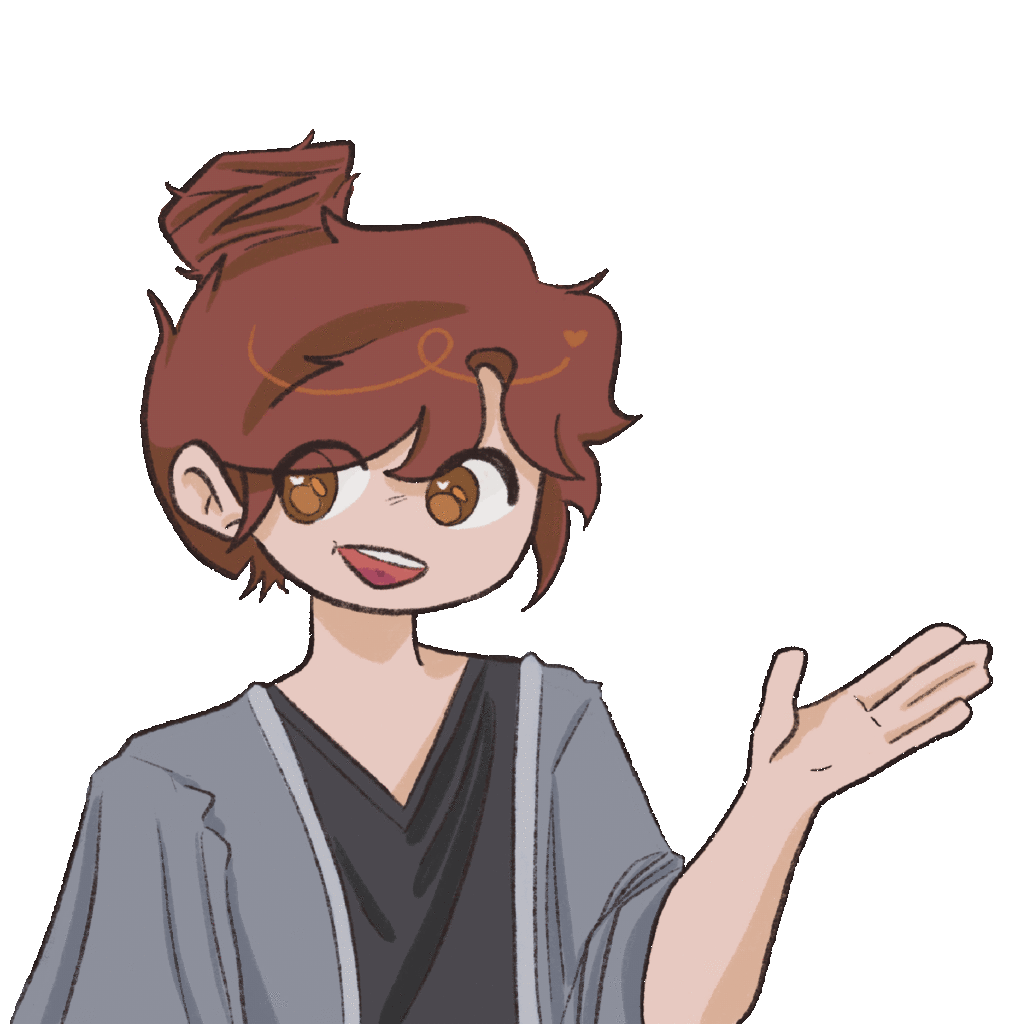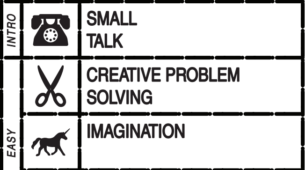Game Name: Yume Nikki (original release: 2004, Steam release: 2018)
Creator: Kikiyama
Target Audience: Players who enjoy open-ended experiences focused on exploration, adventure, and horror.
Platform: PC (Steam)
~
When we talk about storytelling in games, we usually think of plotlines, dialogue choices, and cutscenes. Yume Nikki was nothing like that. It’s incredibly minimalistic, without any dialogue. Upon starting the game, the door outside was locked and I could only sleep. However, once I entered my dream room, I could finally go outside, into a room of doors. I had no guidance whatsoever. By exploring around, I entered many layered, dreamlike environments that repeat as I go to the corners of the world. In this process, the act of walking itself became the narrative device There’s lots of unsettling pieces around the game filled with mouths, hands, and eyes. There’s dead animals, weird creatures, and it all felt like a fever dream. Without traditional objectives, Yume Nikki is a game that’s focused on pure aesthetic exploration. And that was I suppose, the whole point.
At first, walking around Yume Nikki felt like aimless wandering. In the dream world, the boundaries of logic collapse. I found myself walking through an infinite neon maze, then in a dark alley filled with faceless NPCs. There are no instructions on where to go or what to do. It avoids exposition entirely, skipping dialogue, narration, or background text. I felt frustrated and didn’t really know what to do. But that lack of direction is clearly intentional.
One of the most key parts of Yume Nikki is its use of embedded narrative. The game explores concepts of depression, isolation, and loneliness. Every area is very different, but feels like it holds some meaning towards understanding the mental state of the protagonist. You see repeating visuals like eyes, blood, and hands. Over time, I began to form my own understanding of the world based on where I’ve been and what I saw.
The mechanics of the game are stripped down to the bare essentials. You walk, interact with the environment, and collect effects that change your appearance or movement style. There’s no combat system, no health bar, and no traditional inventory. Even the effects you gather aren’t upgrades in the usual sense. They’re symbolic, strange, and often unsettling. One turns you into a frog. Another gives you long hair. I did find a bike, which helped me in traveling around the game levels. These actions don’t help you win anything. Instead, they give you new ways to experience the space.
From these simple mechanics come dynamics that center on disorientation and exploration. The player wanders aimlessly, revisiting familiar places, and stumbling into entirely new ones. The bike only helped me to wander faster. There wasn’t really any form of progress, as there aren’t levels, quests, or achievements. As a result, what felt like progress to me was very different, like finding a room I hadn’t seen before. Or when I got a new item, even though I couldn’t see a use for it’s effect. The game’s atmosphere is incredibly unsettling. There’s horror, but it’s psychological. One room I found contained a figure with a distorted face, standing in silence. Another led me to a monochrome alley where everything had a vague sense of wrongness.
~
In games like Dungeons and Business Cards (my section’s violence game), we’re taught that violence is the default mechanic. You enter a dungeon room and roll for your encounter. If it’s a monster (50 percent chance), you fight. This means you didn’t roll loot, and you won’t get anything for defeating the monster either. It felt like senseless violence. Combat wasn’t something you chose to do. It was just something that would happen, serving as an artificial obstacle to boost difficulty and make it challenging enough for engagement.
That’s what made Yume Nikki feel so different. There is no combat at all, and yet it still manages to be deeply unsettling. The tension doesn’t come from enemies or dying. It comes from quiet discomfort and not understanding what you’re seeing.The player is simply trying to make sense of the world, which doesn’t make sense. In Dungeons and Business Cards, the violence made the characters feel random and disposable (as you had to repeatedly re-create your character). In Yume Nikki, the silence and ambiguity made everything feel intentional. As a result, Yume Nikki stuck with me much longer because of what I didn’t understand and what the game didn’t explain.





